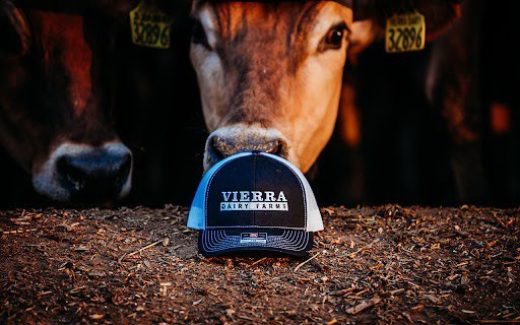The emphasis given to production and health characteristics will change in a proposed new Lifetime Performance Index (LPI) for Canadian dairy cows – with new weighting for reducing greenhouse gas emissions and enhancing “milkability”.
Brian Van Doormaal, chief services officer for Lactanet, the genetic testing and data management organization leading the process, says changes in relative emphasis won’t lessen the ability of producers to use the LPI to focus on production or health-related traits – or other traits within the index if they choose.
“It’s not the relative weighting that determines how much of an impact breeding for these traits could have,” Van Doormaal told the most recent Open Industry Session webinar hosted by Lactanet on June 10. “It’s the expected response that you have when you breed for these traits. And in these cases, the expected response is relatively high.”
Van Doormaal has overseen consultations between Lactanet and the genetic improvement organizations for Holstein, Ayrshire, Jersey and Guernsey breeds since first making a presentation about the proposal during the Open Industry Session in October 2023.
At the breed improvement meetings, there was considerable discussion about the weighting of fat versus protein in the LPI’s breeding goals. Not surprisingly, the tone of these discussions differed somewhat breed by breed. It was noted that, even within the existing LPI, fat/protein weightings differ by breed.
The proposed modernized LPI will reflect other subtle differences between the genetic goals of the different breeds – including a concern about cystic ovaries in the Holstein breed, and a recognition among Jerseys that enhancing the durability of a cow family can negatively impact its production. As a result, there are differences in the weighting given to various traits within the proposed modernized LPI, depending on the breed.
Here’s how the updated LPI will work:
- The new index will move from four to six sub-groups of genetic traits. The existing Health and Fertility group will be split into Reproduction and Health and Welfare. This allows for the addition into Reproduction of calving ability and daughter calving ability – which weren’t previously in the LPI.
- The new Milkability subgroup will allow for the inclusion of milking speed and temperament traits that weren’t previously in the LPI.
- A sustainability element will be accomplished by introducing a new Environmental Impact subindex. It will only be available for now for Holsteins because the major component traits of the Environmental Impact subindex are feed efficiency and methane efficiency – and there are only sufficient data from Holsteins.
- Body Maintenance will also be included in the Environmental Impact subindex. Van Doormaal noted that’s due to research showing a cow’s stature is directly related to its environmental impact through the amount of energy from feed devoted to maintaining good condition compared to producing milk.
Other objectives were to change the way the LPI is communicated to make it easier to use, to create a system in which each of the component groups of the LPI serves as its own subindex, and to allow breeders to use the LPI as a tool to help focus on particular traits – both those within the LPI directly and those which are corelated in some way.
The proposed index shouldn’t be substantially different from the current LPI, no matter which breed. Van Doormaal suggested that, when all the numbers are crunched and the newly introduced traits are brought into the index, the list of top-rated bulls in the categories will be largely unchanged from today.
“What I believe we’ll be looking at next April is an LPI that will be 98 per cent correlated with today’s LPI,” Van Doormaal said.
Evaluations for each sub-index would be presented as a “relative breeding value” based on a breed average set at 500 and a standard deviation of plus/minus 100. A recent analysis of Canadian Holstein bulls by Lactanet revealed that 38.7 per cent would currently receive values ranging from 450-550, 24 per cent would fall between 350-450, and 25 per cent between 550-650.
The introduction of the modernized LPI is proposed for April 2025.
Source: Farmtario / Stew Slater



